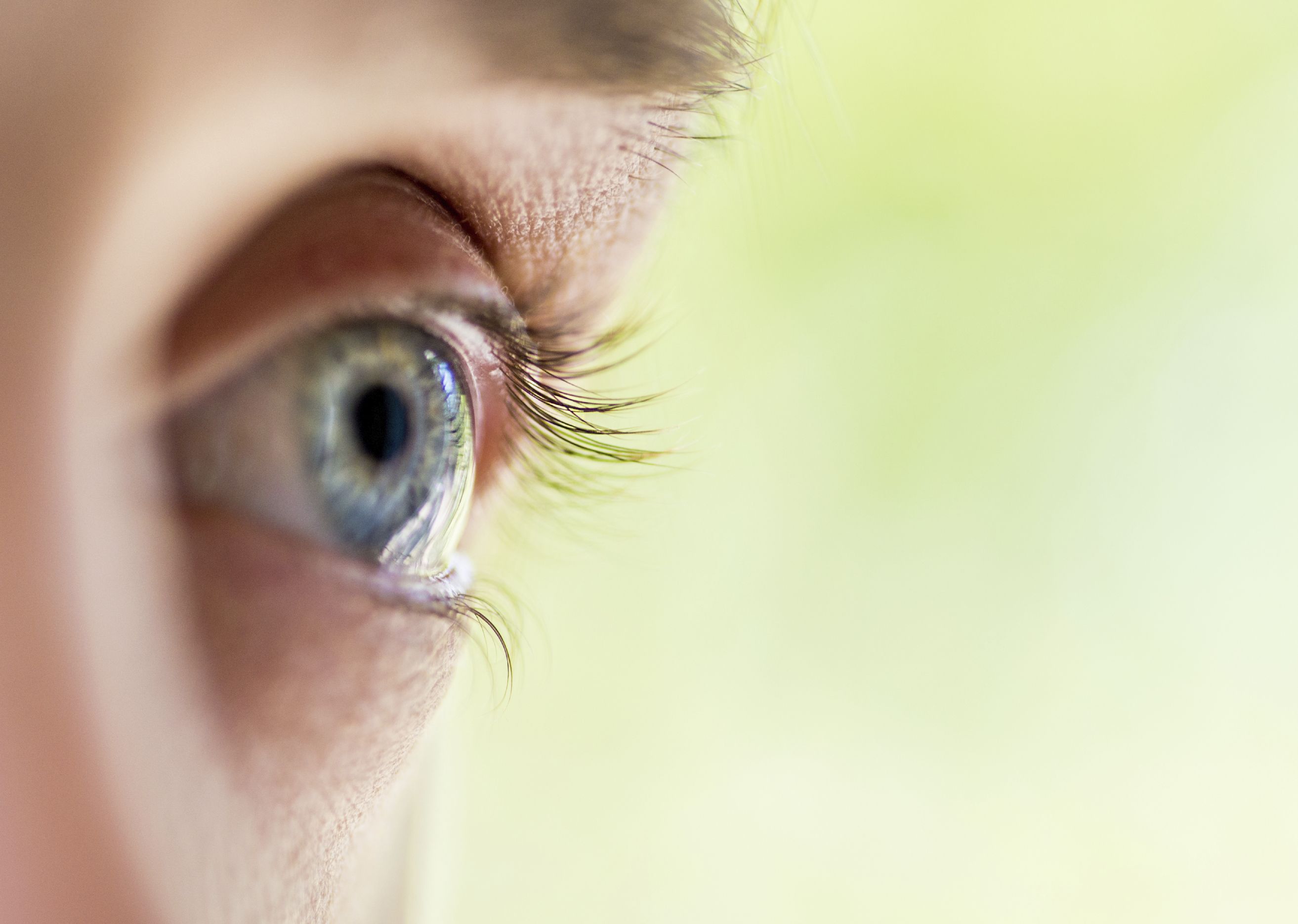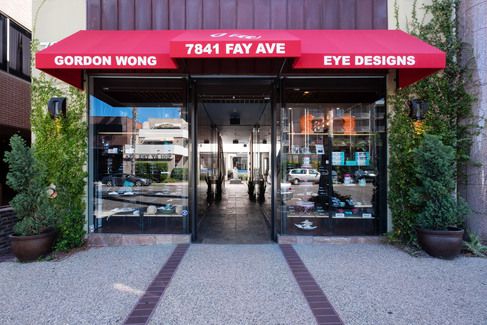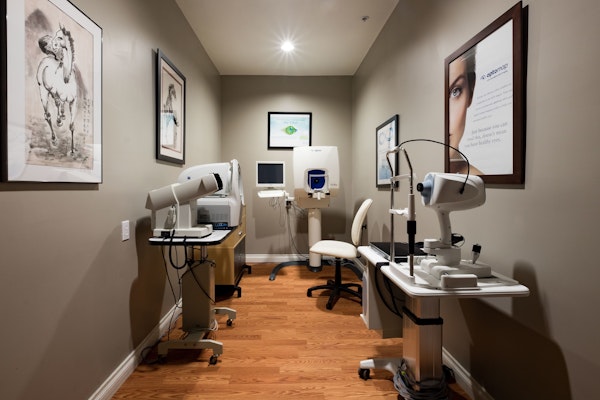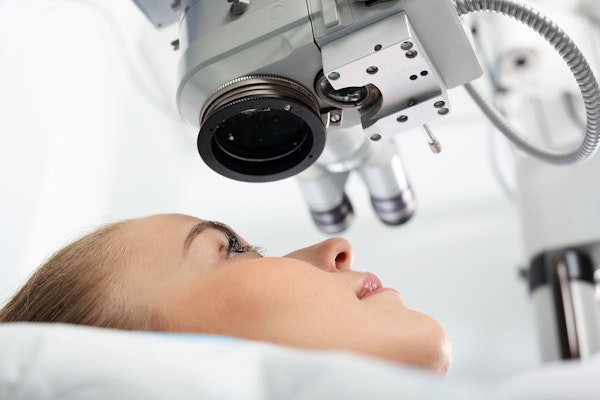LASIK After Cataract Surgery: Not Too Late for Vision Without Glasses
 Cataracts are clusters of protein that build on the lens of the eye and cloud the vision. Cataracts are a progressive condition. Initially, glasses should be enough to preserve the vision for cataract patients, but eventually cataract surgery will be necessary.
Cataracts are clusters of protein that build on the lens of the eye and cloud the vision. Cataracts are a progressive condition. Initially, glasses should be enough to preserve the vision for cataract patients, but eventually cataract surgery will be necessary.
Cataract surgery replaces a damaged lens with an IOL, or artificial prescription lens. Cataract surgery enhances the vision, but some people may still require glasses. Individuals in La Jolla, CA, Carmel Valley, CA, San Diego, CA, and surrounding areas may be candidates for LASIK surgery to correct refractive errors. LASIK after cataract surgery can provide clear vision without glasses, so patients can perform daily tasks with ease and convenience.
Will I Need LASIK After Cataract Surgery?
Cataract surgery alone does a lot to enhance the vision, so not all patients require LASIK after treatment. During cataract surgery the cataract is broken up and the damaged lens is removed. The lens is replaced with an IOL. There are several different types of IOLs that can be placed during cataract surgery. Like a contact lens, IOLs come with different prescriptions. Some correct close-up vision, some correct distant vision, and some are multifocal, meaning they can correct both close and distant vision.
In the best case scenario, patients can see clearly without glasses following cataract surgery. However, getting perfect alignment between the IOL and the patient’s prescription is complex, so some people still experience visual abnormalities after cataract surgery. Rather than relying on glasses to correct the vision, these individuals may be ideal candidates for LASIK.
What to Expect During LASIK Treatment
LASIK reshapes the cornea to eliminate imperfections that are responsible for nearsightedness, farsightedness, or astigmatism. People usually assume that LASIK surgery is not an option after cataract surgery, but that is not true. LASIK is often a safe and effective option for those struggling with vision impairment after cataract surgery.
During a LASIK procedure, a surgical blade or laser is used to make a semi-circular incision on the surface of the cornea. This creates a flap that is lifted to grant access to underlying corneal tissues. A precise and powerful laser delivers energy bursts that eliminate minor imperfections and reshapes corneal tissues to enhance the vision. After necessary corrections are made the flap is lowered, where it will heal naturally.
LASIK provides almost instant results. Most patients see an immediate improvement in their vision, and the majority of patients are able to get rid of glasses for good once they have completely healed from their procedure.
How Soon After Cataract Surgery Can I Have LASIK?
It is important to let the eyes heal completely after cataract surgery, and to ensure the vision has stabilized before proceeding with LASIK treatment. However, this often does not take very long. Most patients are ready to undergo LASIK surgery within several weeks following cataract surgery.
Get in Touch
If you are still relying on glasses for clear vision after cataract surgery, you may be an ideal candidate for LASIK. To learn more about the procedure, schedule an appointment with the eye doctors at GW Eye Associates. To get started, send us a message online, or call (858) 454-4699 at your earliest convenience.







